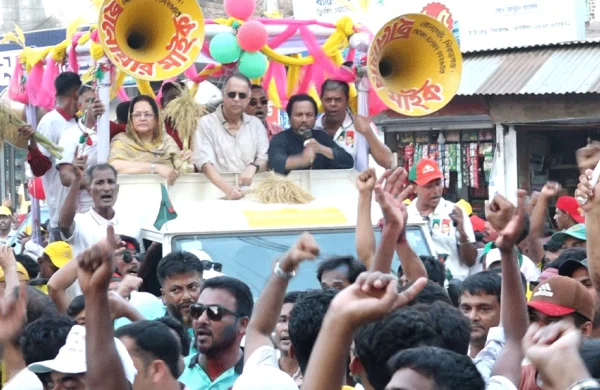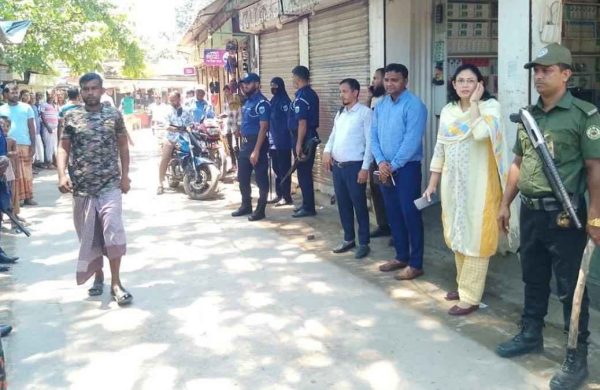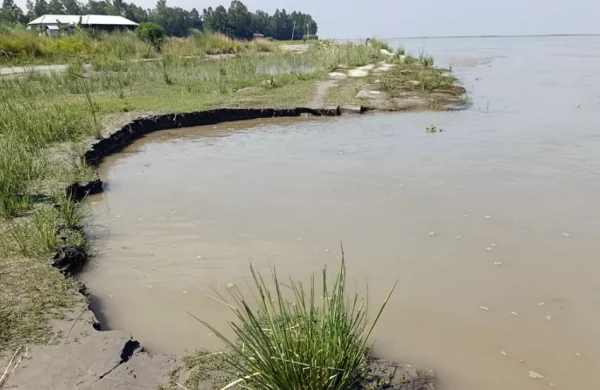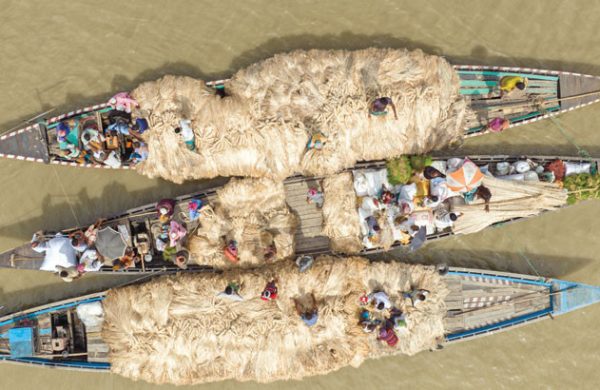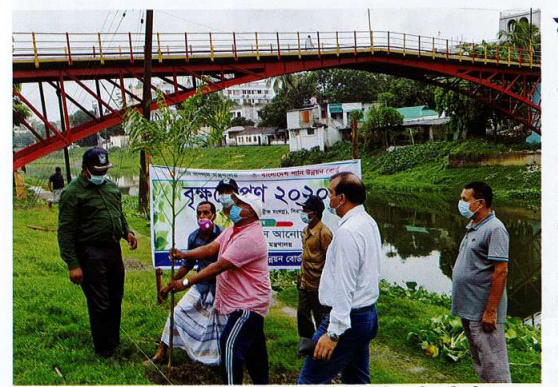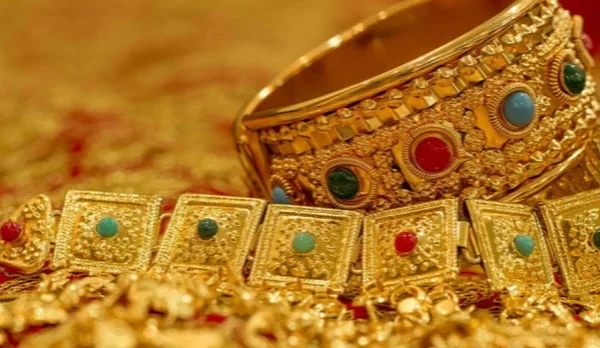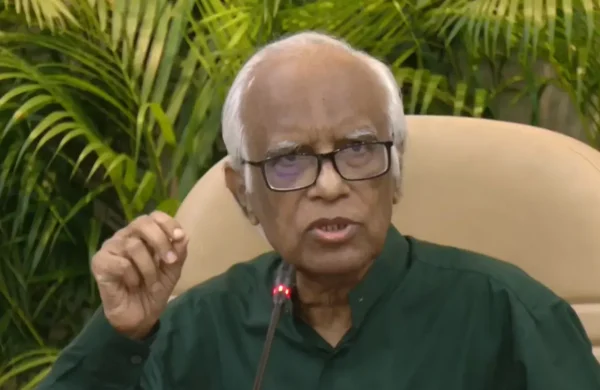Horse-drawn carts still lifeline of Kurigram’s char economy
- Update Time : Monday, September 1, 2025
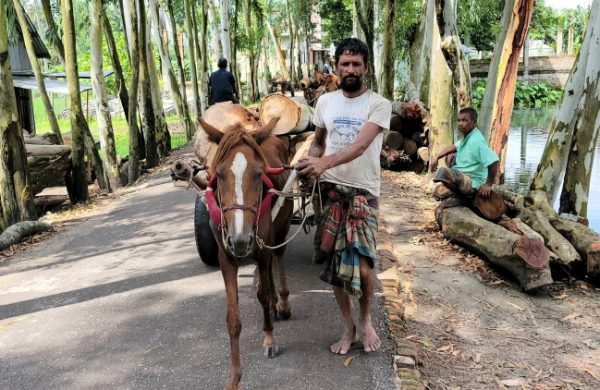
Kurigram Correspondent:
Although modernity has come to the transportation of goods in the modern era, horse-drawn carts are still the primary mode of transportation for goods in the char areas under the district, where the sandy riverbeds of the Dharla, Baromasia and Nilkamal rivers dominate the landscape.
Camels play a leading role in the transportation system of the Middle East or desert regions, but horse-drawn carts have been used for many years to transport goods in the country’s various areas, including the char areas of Phulbari upazila under the district.
The daily necessities of the people of more than a hundred remote and isolated char areas are being brought and taken by horse-drawn carts.
For centuries, in the char areas of various rivers including Dharla, Baromasia and Nilkamal, carts drawn by cows or buffaloes were used to transport daily goods.
Now, that picture has been changed. Now, horse-drawn carts are the only means of transporting goods in remote char areas. Horse-drawn carts have become the means of livelihood for the people of the char areas.
After visiting different areas, journalist correspondent found that horse-drawn carts are available in the remote chars of Gorakamondal, Chargorakamondal, and West Fulmati of Naodanga Union, where they are being used to transport various goods, including daily necessities. Hundreds of horse-drawn carts are rushing over the sandy chars carrying goods.
Not only in Naodanga Union, but also in six unions of the upazila, about 1.5 to 2 thousand horse-drawn cart drivers have been leading their livelihoods by transporting goods.
Traders and farmers in the char areas mentioned that they face extreme hardship in transporting agricultural products produced in the char areas. Since no mechanical vehicles are suitable for movement in these char areas, so horse-drawn carts have become the only means of transporting goods. Each cart can easily transport 15 to 20 mounds of goods.
Horse-drawn cart drivers Shahidul Islam Mia and Samesh Ali of Chargorkamandal and Kalabagan areas of West Fulmati said that they have been leading their livelihoods by driving horse-drawn cart for the past eight years.
They mentioned that there are about two hundred horse-drawn carts in Naodanga Union. Each horse-drawn cart driver earns at least TK 800 and at the maximum of TK 1500 to TK 2000 per day.
The cost of feeding a horse per day is TK 200 to TK 250.
Around TK 50-70 thousand are the cost for making a horse-drawn cart.



